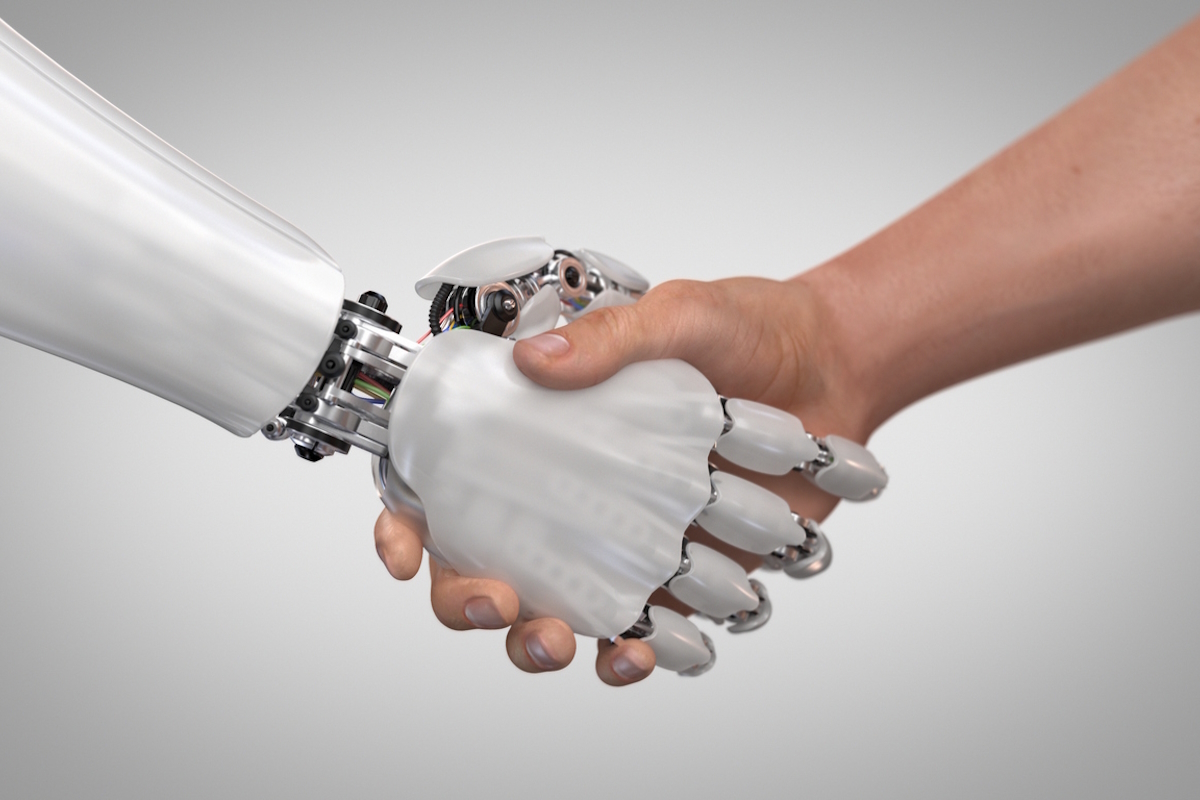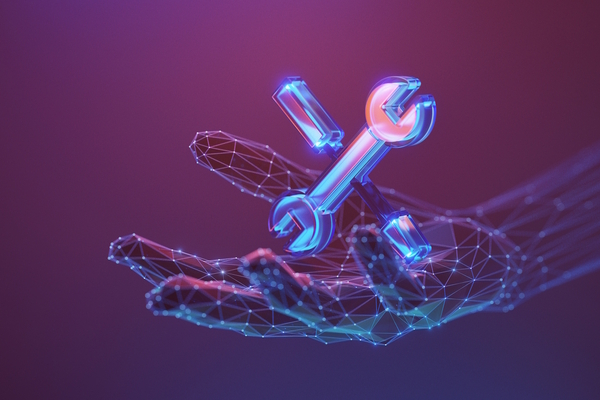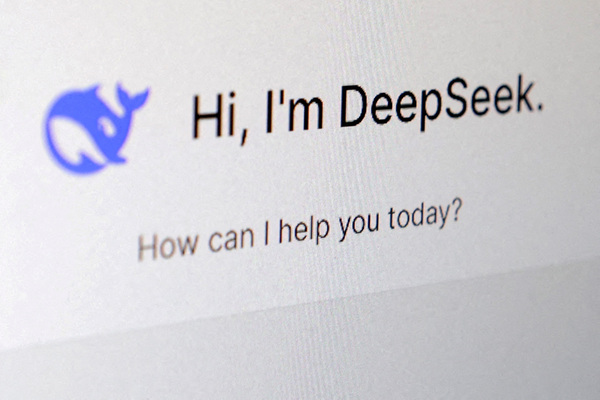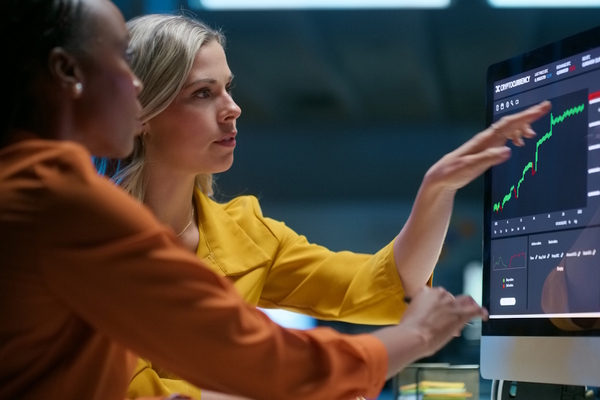Building growth with human-machine teaming

Natalie Whittlesey at The IN Group explains how human-machine collaborations spark jobs and opportunities
Rapid technological advancements are transforming how we work, creating new possibilities and challenges for organisations worldwide. Automation, artificial intelligence (AI) and machine learning have moved beyond futuristic concepts into features integral to modern workplaces.
In 2024, 75 per cent of workers reported using AI in the workplace. These innovations are not just replacing repetitive tasks, they are unlocking the potential for humans and machines to collaborate in ways previously unimaginable. This partnership is transforming work into a space where creativity, strategy and human expertise thrive.
Technology’s role in the workplace isn’t about replacing people; it’s about enabling them to focus on more creative and strategic initiatives. 59 per cent of individuals using AI reported greater job satisfaction. By automating the mundane, we free up human talent to tackle complex problem-solving and drive innovation.
In doing so, organisations unlock the potential of their workforce, aligning technology with their strategic objectives to foster growth and resilience in an ever-changing world.
The evolution of workplace technology
As technology automates routine and administrative tasks, the nature of work is undergoing a significant shift. Job roles are increasingly focused on higher-order skills such as critical thinking, emotional intelligence, creativity and problem-solving. These skills cannot be easily replicated by machines, making them increasingly valuable in the modern workplace.
At the same time, the pace of technological change demands flexibility and a commitment to lifelong learning. Employees must be ready to adopt new tools and adapt to dynamic environments, ensuring they remain competitive in an evolving job market.
A study by Amazon and MIT revealed that automation and AI could save works approximately 245 hours per year, enhancing job satisfaction and work-life balance.
This evolution is not just about responding to technology but proactively leveraging it to create new opportunities and add value to organisations.
This shift also impacts organisational structures and workflows. Teams are now more likely to integrate human and machine inputs to achieve shared goals. Whether through data-driven decision-making or innovative product development, the synergy between humans and machines is becoming a cornerstone of competitive advantage and by embracing these changes, businesses position themselves to thrive in an era of continuous technological disruption.
Human opportunities for machine collaboration
The collaboration between humans and machines is most effective when their complementary strengths are leveraged. Machines excel at processing large volumes of data with speed and precision, while humans bring creativity, empathy, and intuition to the table and together, this synergy enables new forms of collaboration that were previously unimaginable.
In transformation projects, for instance, advanced data analytics tools identify inefficiencies and performance trends by processing vast datasets. Using these insights, human consultants collaborate with leadership teams to develop strategies for organisational change. It’s about combining the power of data with human expertise to deliver impactful results.
Adopting a human-centred approach
Advantages aside, the rise of technology in the workplace also raises important questions about its integration. Organisations must ensure new tools enhance, rather than diminish, the employee experience.
To achieve this, businesses need to prioritise communication and engagement throughout technological transformations. Positioning technology as an enabler rather than a threat to employees’ roles and development is essential.
A key component of a human-centred approach is investing in upskilling programs. These initiatives empower employees to adapt to new technologies and develop relevant skills. Upskilling goes beyond technological knowledge, it includes fostering adaptability, resilience and a growth mindset, ensuring employees are prepared for future challenges.
Additionally, organisations must foster a culture of transparency and collaboration, where employees feel supported and valued as they navigate these changes.
Leaders play a critical role in maintaining this balance, ensuring that employees understand how technology can enhance their roles and contribute to their professional growth.
It is also important to recognise that a human-centred approach benefits not only employees but also the broader organisation. When employees feel empowered and engaged, they are more likely to contribute their best ideas and efforts, driving innovation and productivity.
Emotional intelligence meets technological precision
As we embrace the partnership between humans and machines, the workplace will continue to evolve. From redefining job roles to adopting new forms of collaboration, technology is unlocking opportunities for innovation and growth. The key to success lies in striking the right balance and leveraging the efficiencies of technology while celebrating the unique strengths that only humans can bring to the table.
Ultimately, technology is a tool whose true value lies in its ability to empower people. By enhancing human potential, technology can create a future where work is more meaningful and impactful and the organisations that embrace this balance will not only thrive but also pave the way for a workforce that is both technologically adept and deeply human.
The collaboration between humans and machines promises to unlock extraordinary opportunities but organisations face challenges for their future by fostering adaptability, embracing innovation and investing in their people. By doing so, they can ensure that technology serves as a catalyst for progress, rather than a source of disruption.
This transformation is not just about adopting new tools but reimagining the way work is done. By focusing on the strengths of both humans and machines, businesses can create a workplace that celebrates creativity, innovation, and human ingenuity, all while leveraging the efficiencies of cutting-edge technology. In doing so, they will define the future of work as one of collaboration, growth, and possibility.
Natalie Whittlesey is Director of C-Tech Engagement at The IN Group
Main image courtesy of iStockPhoto.com and lexaarts

Business Reporter Team
You may also like
Most Viewed
Winston House, 3rd Floor, Units 306-309, 2-4 Dollis Park, London, N3 1HF
23-29 Hendon Lane, London, N3 1RT
020 8349 4363
© 2025, Lyonsdown Limited. Business Reporter® is a registered trademark of Lyonsdown Ltd. VAT registration number: 830519543





